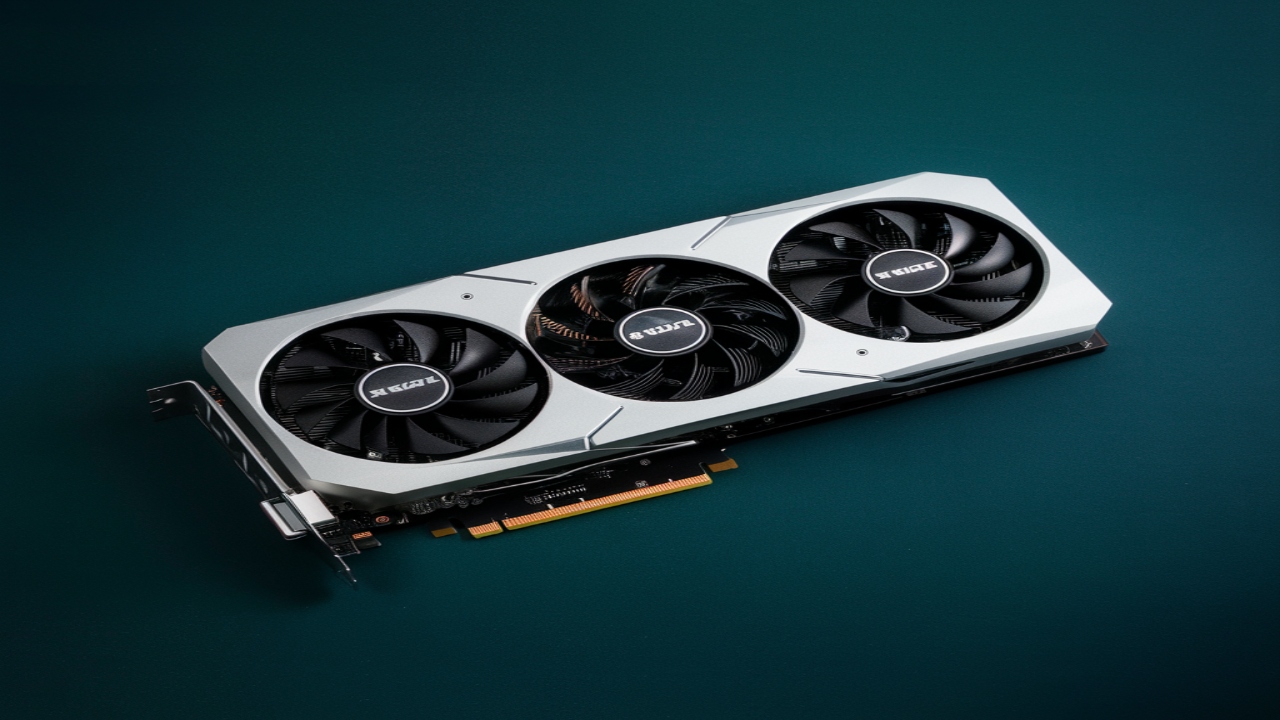Understanding your computer’s components is crucial, especially if you are a gamer, a professional working with graphic-intensive applications, or simply someone looking to upgrade their system. One of the most important components in your computer is the GPU (Graphics Processing Unit).
If you’ve ever asked, “How to find out what GPU I have” then this guide is for you. In this post, we’ll walk you through the steps to identify your GPU, explain why it’s important to know this information, and answer some frequently asked questions on the topic.
So, don’t go anywhere and read till the very end, if you want to identify your GPU with ease.
What is Meant by GPU?
A GPU, or Graphics Processing Unit, is a specialized electronic circuit designed to accelerate the creation and rendering of images, videos, and animations. Unlike the CPU (Central Processing Unit), which is designed to handle a wide range of tasks, the GPU is optimized for parallel processing, making it highly efficient at handling graphics and visual data.
Types of GPUs
There are two main types of GPUs: integrated and dedicated. Integrated GPUs are built into the CPU and share memory with the system’s RAM. They are suitable for general tasks and light gaming. Dedicated GPUs, on the other hand, have their own memory and are designed for more demanding applications like gaming, 3D rendering, and video editing.
GPU Manufacturers
The two leading GPU manufacturers are NVIDIA and AMD. NVIDIA’s GPUs are known for their high performance and advanced features, while AMD GPUs are recognized for their value and strong performance in multi-threaded tasks.
Why Checking Your GPU Matters
Knowing your GPU is important for several reasons, especially if you are looking to optimize your system’s performance, troubleshoot issues, or plan an upgrade.
Performance Optimization
Understanding your GPU allows you to make the most of its capabilities. You can adjust your system settings and game graphics to ensure smooth performance without overloading your GPU.
Compatibility with Applications
Certain applications, especially in fields like gaming, 3D rendering, and video editing, require specific GPU capabilities. Knowing your GPU ensures you can confirm compatibility before installing or purchasing software.
Troubleshooting Issues
If you’re experiencing graphical issues, knowing your GPU can help in diagnosing the problem. Whether it’s driver updates or hardware limitations, identifying the GPU is the first step in troubleshooting.
Planning Upgrades
When planning to upgrade your system, knowing your current GPU helps you make informed decisions. You can compare it with potential new GPUs to see if the upgrade is worth it based on performance gains and compatibility with your system.
How to Find Out What GPU I Have – Best Practices
Identifying your GPU can be done through several methods, whether you’re using Windows, macOS, or Linux. Here are some best practices for each operating system.
Checking GPU on Windows
Using Device Manager
- Open Device Manager: Press Win + X and select Device Manager from the list.
- Expand Display Adapters: In the Device Manager window, click the arrow next to “Display adapters.”
- Identify Your GPU: The name of your GPU will be listed under “Display adapters.”
Using DirectX Diagnostic Tool
- Open Run Dialog: Press Win + R to open the Run dialog box.
- Type dxdiag: Enter dxdiag and press Enter.
- View GPU Information: In the DirectX Diagnostic Tool, go to the “Display” tab to see details about your GPU.
Using Task Manager
- Open Task Manager: Press Ctrl + Shift + Esc to open Task Manager.
- Go to Performance Tab: Click on the “Performance” tab.
- Select GPU: Select “GPU” from the left-hand side to see detailed information.
Checking GPU on macOS
Using About This Mac
- Open About This Mac: Click on the Apple logo in the top left corner and select “About This Mac.”
- Go to Displays Tab: Click on the “Displays” tab.
- View GPU Information: The GPU information will be displayed under “Graphics.”
Using System Information
- Open System Information: Press Option and click on the Apple logo, then select “System Information.”
- Navigate to Graphics/Displays: In the System Information window, go to “Graphics/Displays” under the Hardware section.
- Identify Your GPU: Detailed GPU information will be listed here.
Checking GPU on Linux
Using lspci Command
- Open Terminal: Open your terminal application.
- Run lspci Command: Type lspci | grep -i vga and press Enter.
- View GPU Information: The command will output details about your GPU.
Using glxinfo Command
- Open Terminal: Open your terminal application.
- Install glxinfo: If not already installed, use sudo apt-get install mesa-utils to install glxinfo.
- Run glxinfo Command: Type glxinfo | grep “OpenGL renderer” and press Enter.
- Identify Your GPU: The command will display information about your GPU.
Also read: https://zarwi.com/infinix-note-30-pro-comprehensive-overview-and-features/
Wrapping Up
In a nutshell, identifying your GPU is a simple yet essential task that can significantly impact your computer’s performance and your overall user experience. By following the steps outlined in this guide, you can easily find out what GPU you have, understand its importance, and make informed decisions about upgrades and optimizations.
Lastly, if you are looking for credible marketplaces or vendors that deal with hard-to-find IT hardware components, look no further than Direct Macro. With 500+ five-star ratings on Shopper Approved, they are one of the very best in the business.
